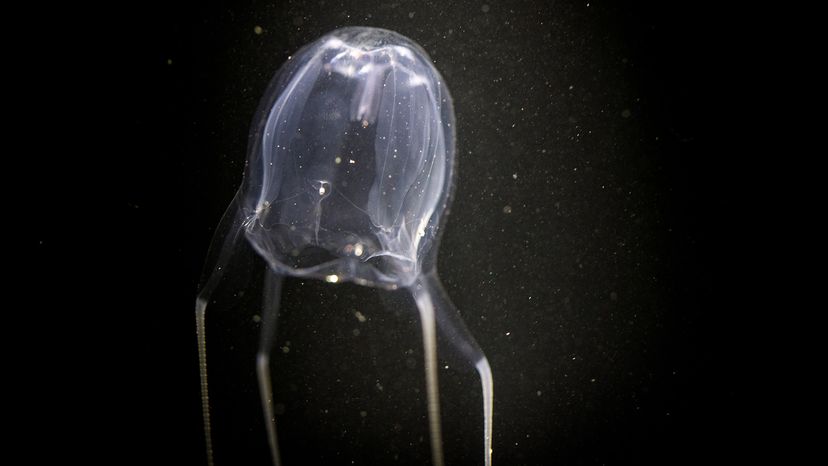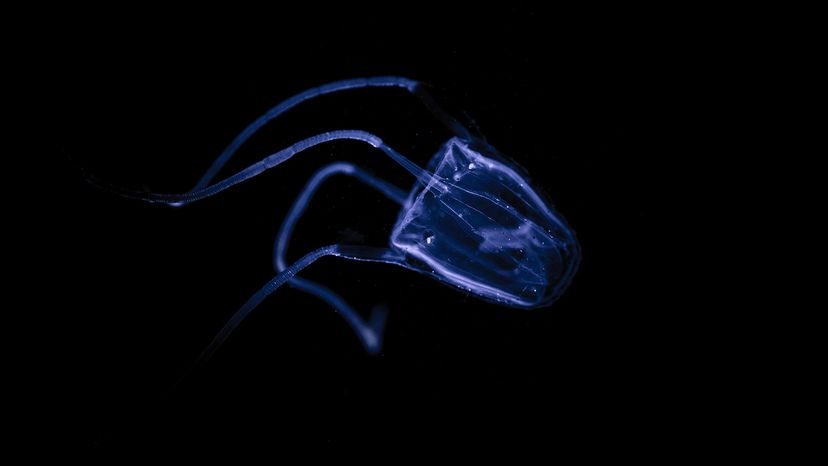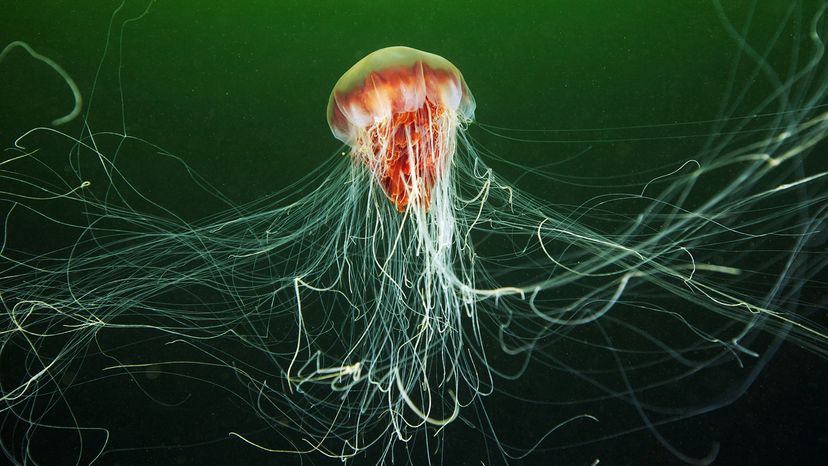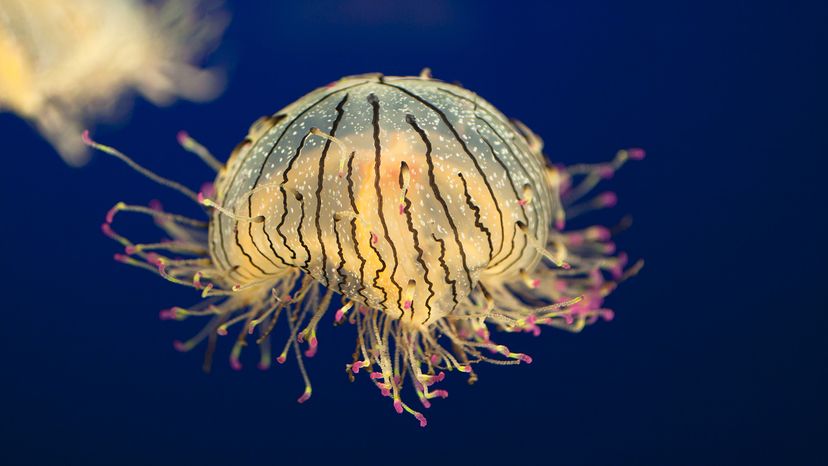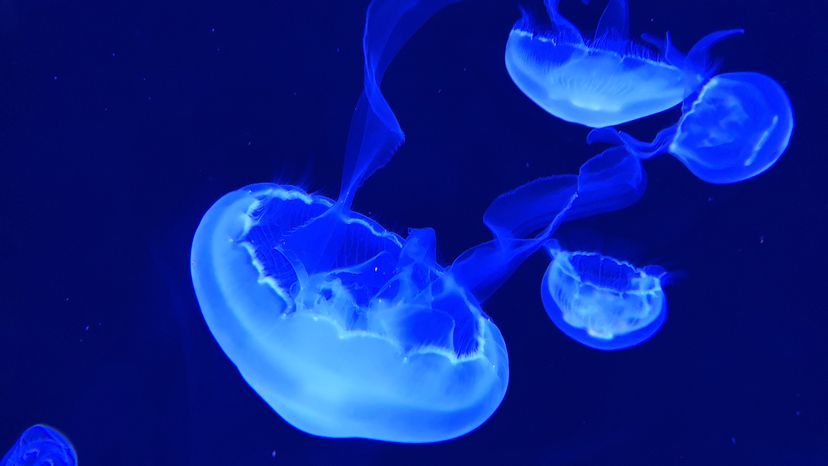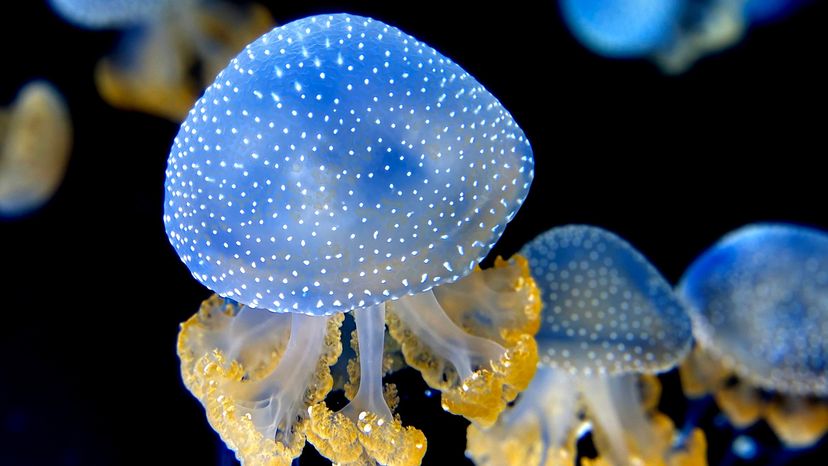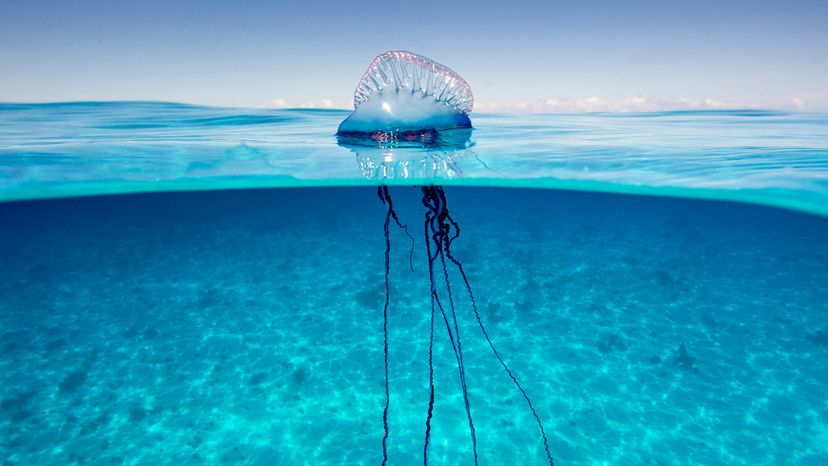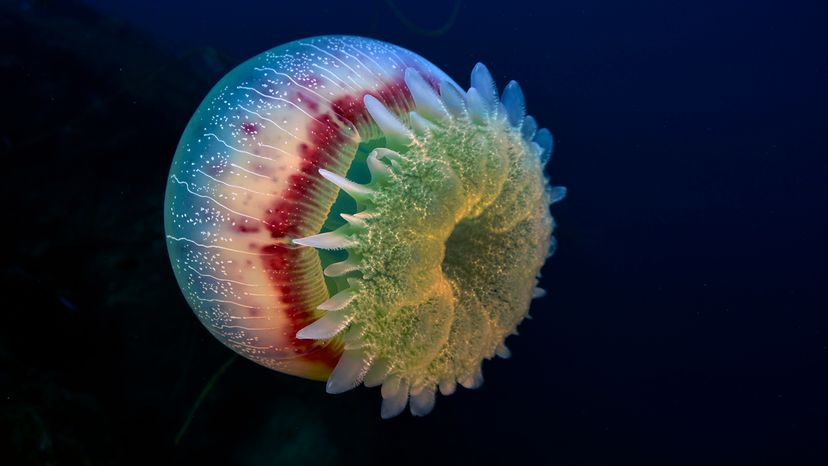
While swarm of jellies may look serene, you're best off keeping your distance. A sting from the most dangerous jellyfish on Earth can be deadly. Even when we're not looking at the most dangerous, many jellyfish species have venomous stings that can cause everything from mild discomfort to serious pain.
Aa few stand out for their ability to deliver a deadly jellyfish sting. Here are the top 10, ranked from most dangerous to least dangerous.
Advertisement
